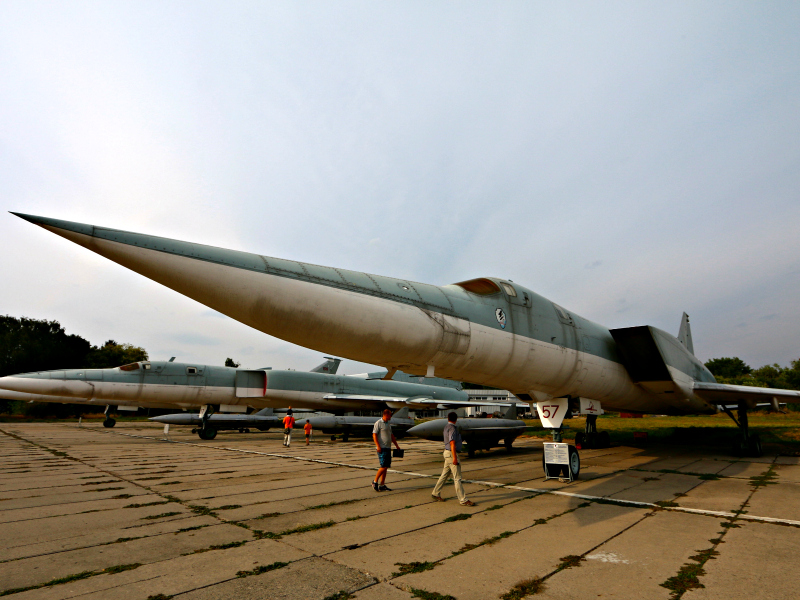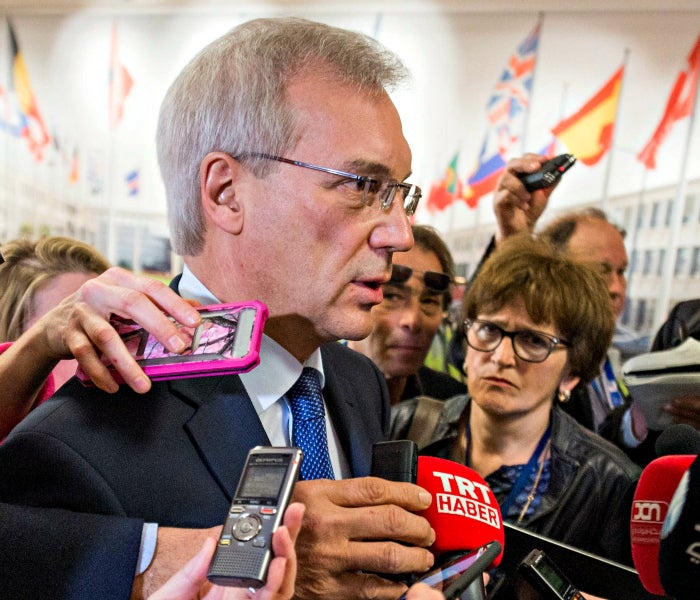The US Cyber Command started the attacks on the Islamic State
The US Government has announced to have launched a series of cyber attacks against the Islamic State coordinated by the Cyber Command.
SecurityAffairs: The US Government has launched its cyber offensive against the coordinated by the Cyber Command. The strategy is clear, the use of hacking operations and cyber weapons will aim to destroy computer systems used by the ISIL and to track its cyber hubs.
In March, Senior Pentagon officials revealed the military’s first use of cyber warfare operations against the ISIL terrorist group.
The US military has started launching cyber attacks against members of the terrorist organization ISIS as part of the operation conducted to take back the Iraqi city of Mosul.
The US military is using cyber tools to contrast the ISIS troops in the area, interfering members’ operation and communication.
Now the US Government wants to use all the hacking tools in its cyber arsenal against the Islamic State. The New Your Times revealed that until now the Cyber Command operations were more focused on cyber disputes against Russia, China, Iran, and North Korea.
“The National Security Agency, which specializes in electronic surveillance, has for years listened intensely to the militants of the Islamic State, and those reports are often part of the president’s daily intelligence briefing.” states the NYT. “But the N.S.A.’s military counterpart, Cyber Command, was focused largely on Russia, China, Iran and North Korea — where cyberattacks on the United States most frequently originate — and had run virtually no operations against what has become the most dangerous terrorist organization in the world.”
The goal of the new campaign is to disrupt the propaganda activities managed by the Islamic State, but also interfere with IS daily functions, like paying its fighters.
“Our cyberoperations are disrupting their command-and-control and communications,” Mr. Obama saidat the C.I.A. headquarters in Langley, Va., on countering the Islamic State.
The deputy secretary of defense, Robert O. Work, confirmed the goals of the cyber operations that were conducted by a small number of “national mission teams.”
“We are dropping cyberbombs,” Mr. Work said. “We have never done that before.”
The NYT, citing interviews withs senior and midlevel officials, confirmed that the US cyber army has begun to deploy a series of “implants” in the networks of the Islamic State to spy on its commanders.
“Now, the plan is to imitate them or to alter their messages, with the aim of redirecting militants to areas more vulnerable to attack by American drones or local ground forces.” continues the NYT. “In other cases, officials said, the United States may complement operations to bomb warehouses full of cash by using cyberattacks to interrupt electronic transfers and misdirect payments.”
The fact that the US Government is admitting the use of cyber weapons that would have unpredictable effects over vast areas of the planet raising major questions over an invasion of sovereignty.
Of course, now we are speaking to contrast the Islamic State and everything seems to be admitted to destroying the threat.
“We’re trying to both physically and virtually isolate ISIL, limit their ability to conduct command and control, limit their ability to communicate with each other, limit their ability to conduct operations locally and tactically,” said Gen. Joseph F. Dunford Jr., the chairman of the Joint Chiefs of Staff,
“But I’ll be one of the first ones arguing that that’s about all we should talk about,” General Dunford said. “We want them to be surprised when we conduct cyberoperations. And, frankly, they’re going to experience some friction that’s associated with us and some friction that’s just associated with the normal course of events in dealing in the information age.”
Of course, part of the intelligence consider very dangerous the use of the implants against the Islamic State. The same implants are used to infiltrate the networks of foreign government and there is the concrete risk that these operations allow foreign intelligence agencies to detect them and neutralize their effects. Another side effect is that the Islamic State militants would stop the use of a communications channel starting one that was harder to monitor.
“N.S.A. officials complained that once the implants were used to attack, the Islamic State militants would stop the use of a communications channel and perhaps start one that was harder to find, penetrate or de-encrypt.” states the NYT.
“It’s a delicate balance,” said Mr. Obama’s national security adviser, Susan E. Rice. “We still have to keep our eye on the Russia-China state-sponsored activity, but this was a new mission, one where we have to balance the collection equities against the disruption equities.”
Lisa O. Monaco, a deputy national security adviser and Mr. Obama’s top adviser met technology executives at IT giants calling for action against the online activities of the Islamic State.
In part from the DailyBeast: The American military’s campaign of cyber attacks against ISIS is far more serious than what the president laid out in his bland description. Three U.S. officials told The Daily Beast that those operations have moved beyond mere disruption and are entering a new, more aggressive phase that is targeted at individuals and is gleaning intelligence that could help capture and kill more ISIS fighters.
As the U.S. ratchets up its online offensive against the terror group, U.S. military hackers are now breaking into the computers of individual ISIS fighters. Once inside the machines, these hackers are implanting viruses and malicious software that allow them to mine their devices for intelligence, such as names of members and their contacts, as well as insights into the group’s plans, the officials said, speaking on condition of anonymity to describe sensitive operations.
In remarks at CIA headquarters in Langley, Virginia, this week, Obama confirmed that cyber operations were underway and noted that recently the U.S. has either captured or killed several key ISIS figures, including Sulayman Dawud al-Bakkar, a leader of its chemical weapons program, and “Haji Iman,” the man purported to be ISIS’s second in command.
The military has also used cyber operations to block ISIS’s use of encrypted communications, in order to force members to use less secure channels where they can be more easily monitored, officials said. That tactic appears to be a response to ISIS’s effective use of encrypted text applications in particular, which officials had said previously made it harder for the military and intelligence community to track individual fighters.






